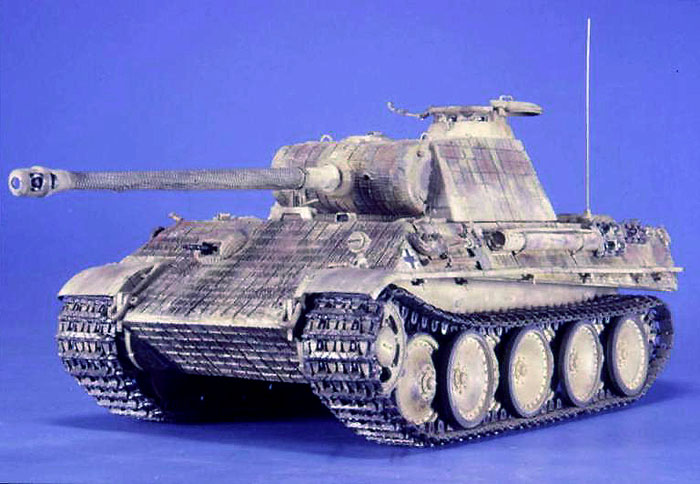
|
|
|
|
|
|

Click the image to enlarge it
This is the moment to give the kit some atmosphere. This tank was manufactured in April 1944 and until mid June it didn't entered in combat. For these two months it moved twice: from factory to Belgium, and from there to Normandy. The tank must be proved by the crew, but damages as chips, scratches and dents will be limited. To give some attractive to the kit, I decided to centre the attention in the layer of dust.
 |
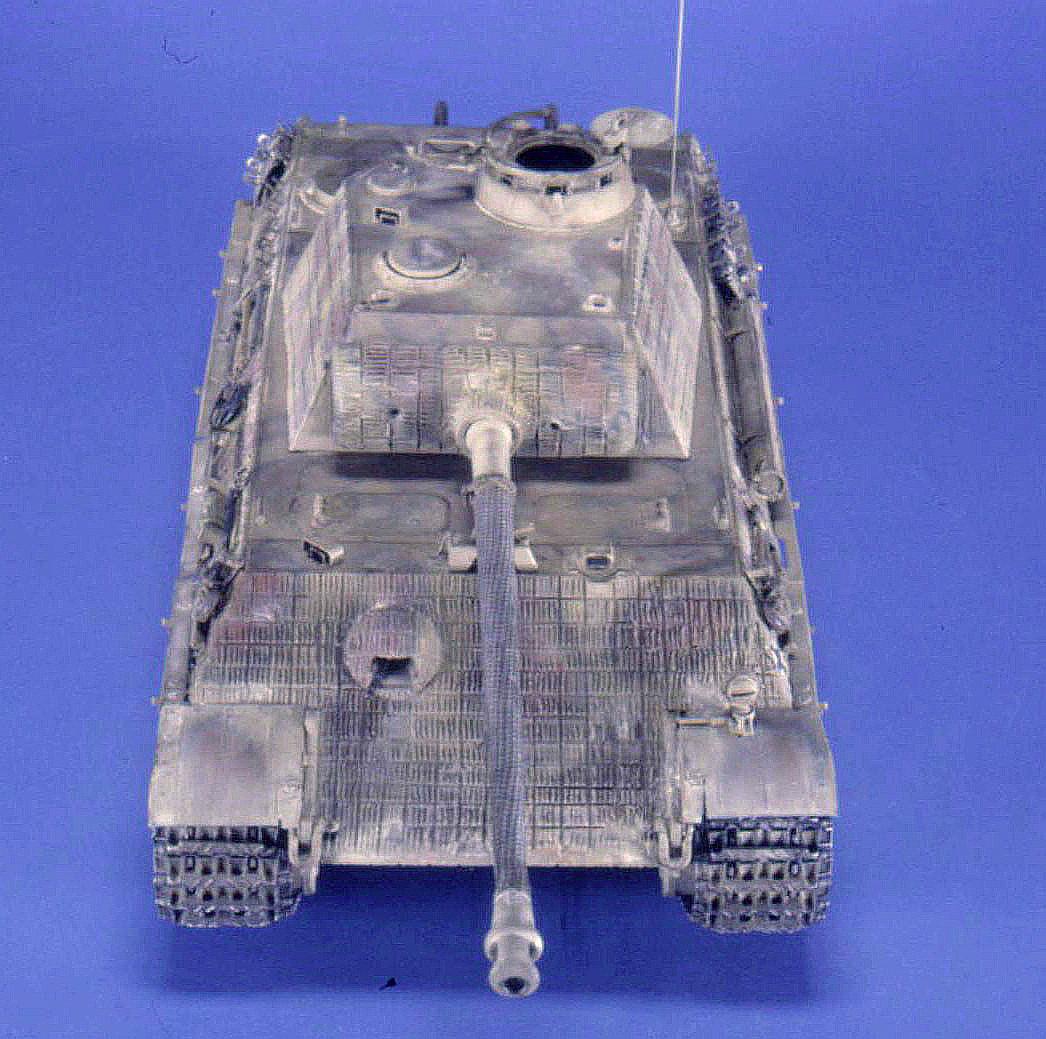 |
|
|
|
First, I decided to airbrush with Tamiya Buff over upper horizontal surfaces and lower vertical sides. After I realized the chips with Vallejo 872 (Chocolate Brown). Then, some of them were retouched with a very little bit of red to simulate the primer coat of tank, and with graphite pencil in their outlines and edges to simulate recent chips and areas with greater scratch. The road wheel teeth and the mesh wire over the gun barrel received the same job.
After the chipping I made the oil washes. I used different oils (see Colour Table), purees or mixed with white and distributed randomly over the surfaces. I applied them, particularly, over the horizontal sufaces and sligthly over zimmerit. Besides I use Raw Umber and Burnt Umber in lower hull and wheels.
Tracks were painted with Polish Steel, from Metalcote-Humbrol.
When the paint is very dry I polish them with a cloth followed
by a light black oil wash. Be careful! Metalcote is a enamel paint
and oil can dissolve it. To avoid this I used acrylic washes with
Vallejo Paints in this order: 983 (Flat Earth), 977 (Desert Yellow),
976 (Buff), 986 (Deck Tan) and, finally, 976 (Buff) to homogenise
the various shades. Then I used Yellow Ochre and Raw Umber chalks.
One of spare track was chalked with Burnt Sienna to simulate rust.
Exhaust pipes were painted with Vallejo 981 Orange Brown and then
I applied a light coat of sepia and black inks. Inks give a satin
Finnish so to correct it I chalked the exhaust pipes with Burnt
Sienna.
Without further delay I invite you to watch the result (Click the image to enlarge it).
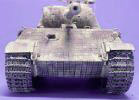 |
 |
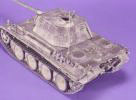 |
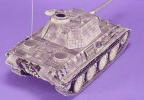 |
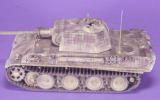 |
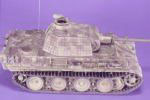 |
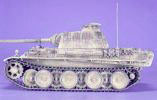 |
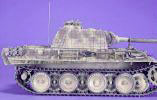 |
| Frontal glacis | ||
 |
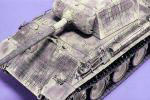 |
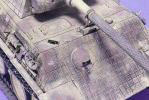 |
| Rear hull | ||
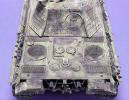 |
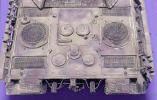 |
 |
| Turret | ||
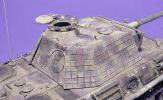 |
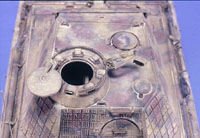 |
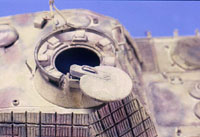 |
| Barrel and comander's cupola | ||
 |
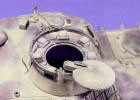 |
 |
| Spare tracks | ||
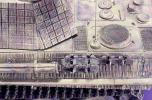 |
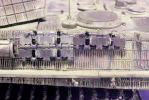 |
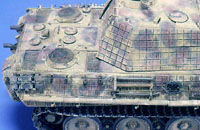 |
| Wheels and running gear | ||
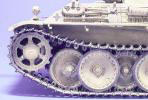 |
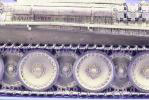 |
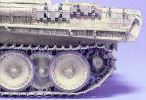 |
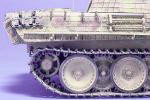 |
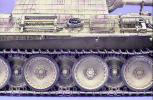 |
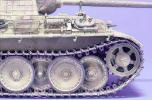 |